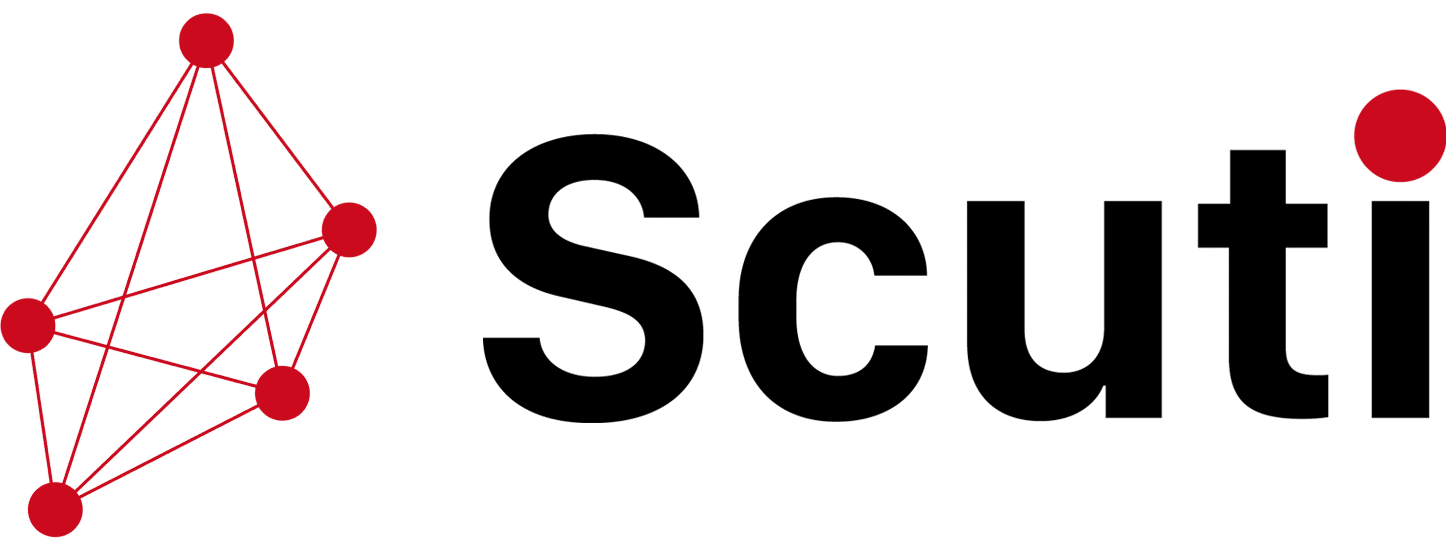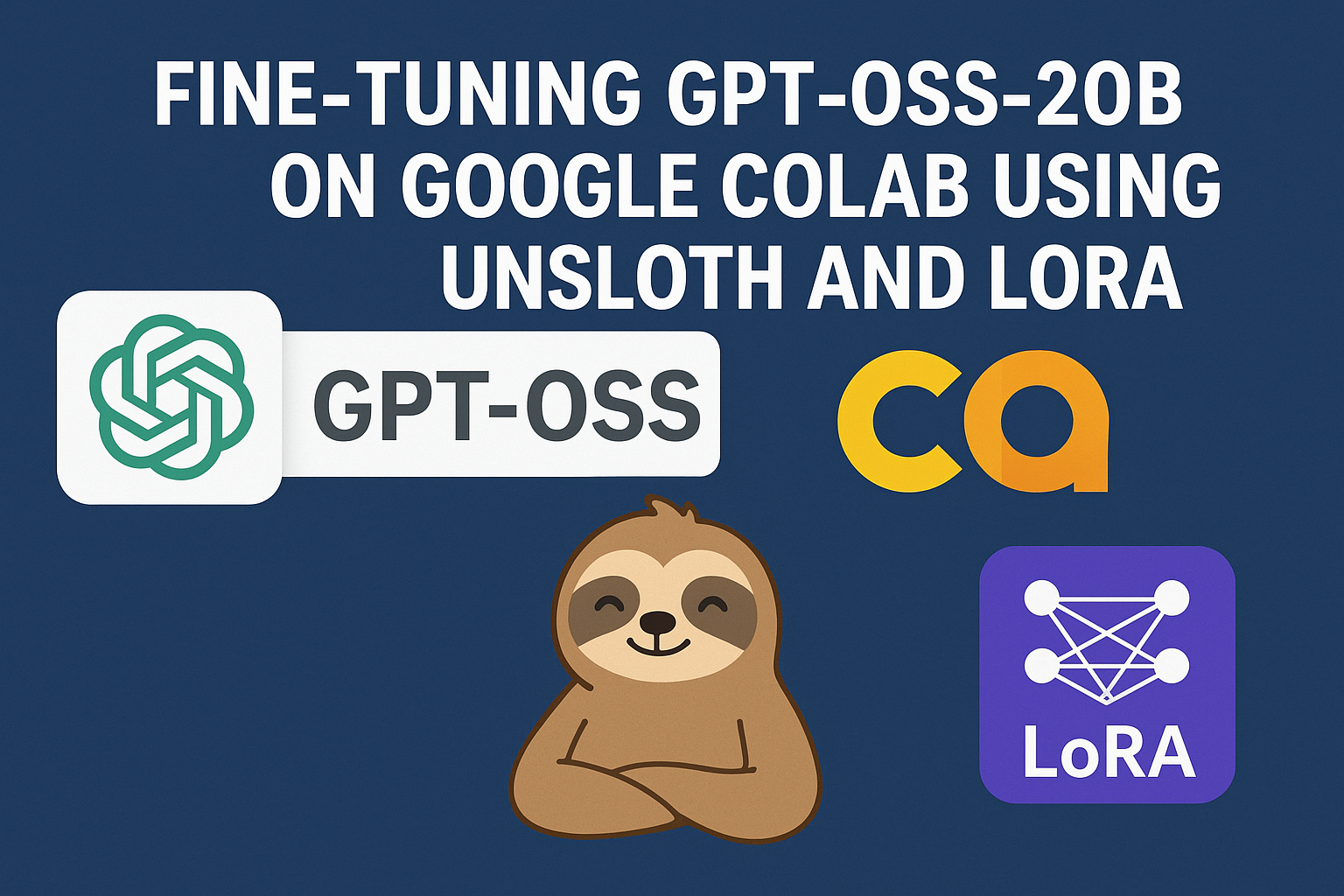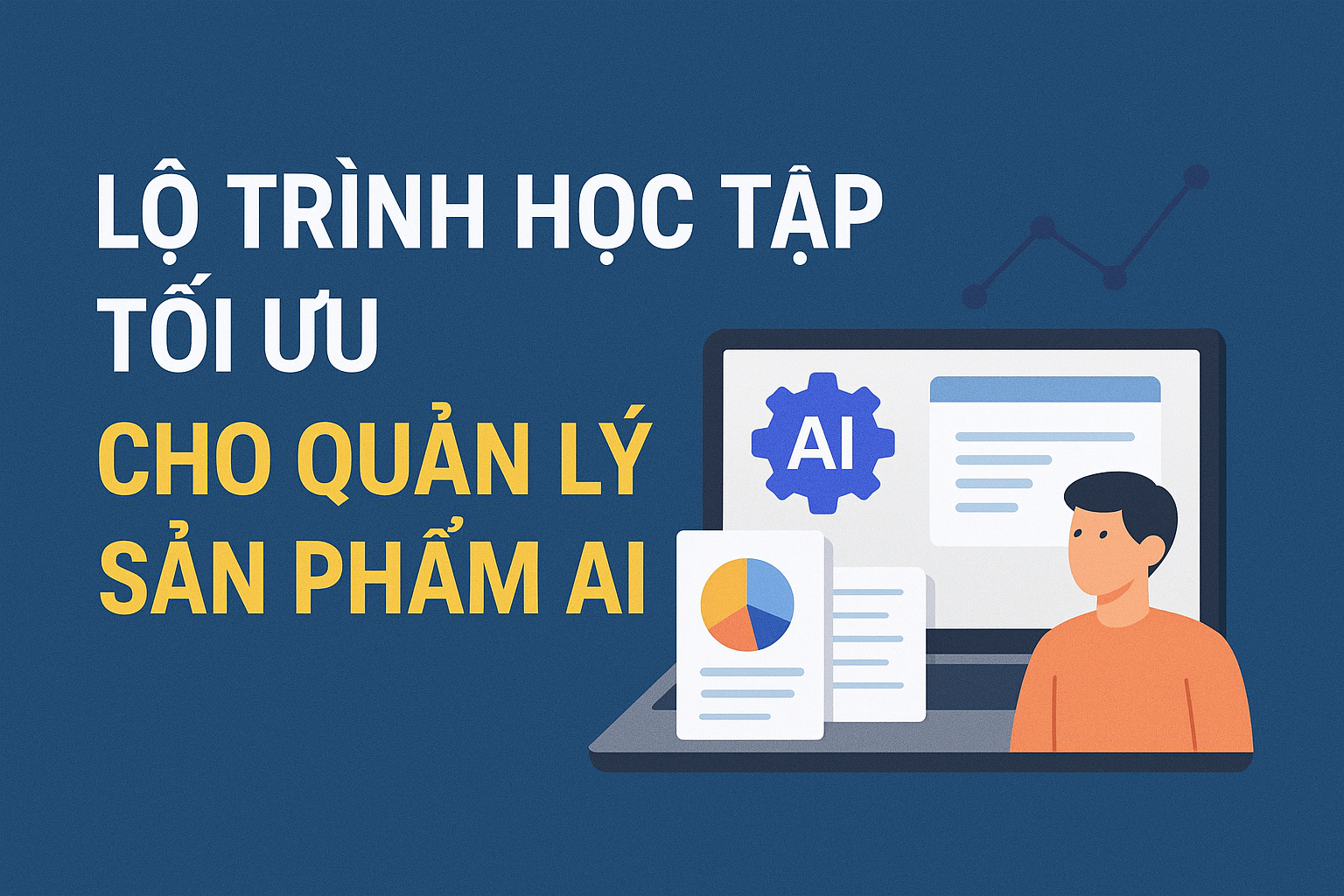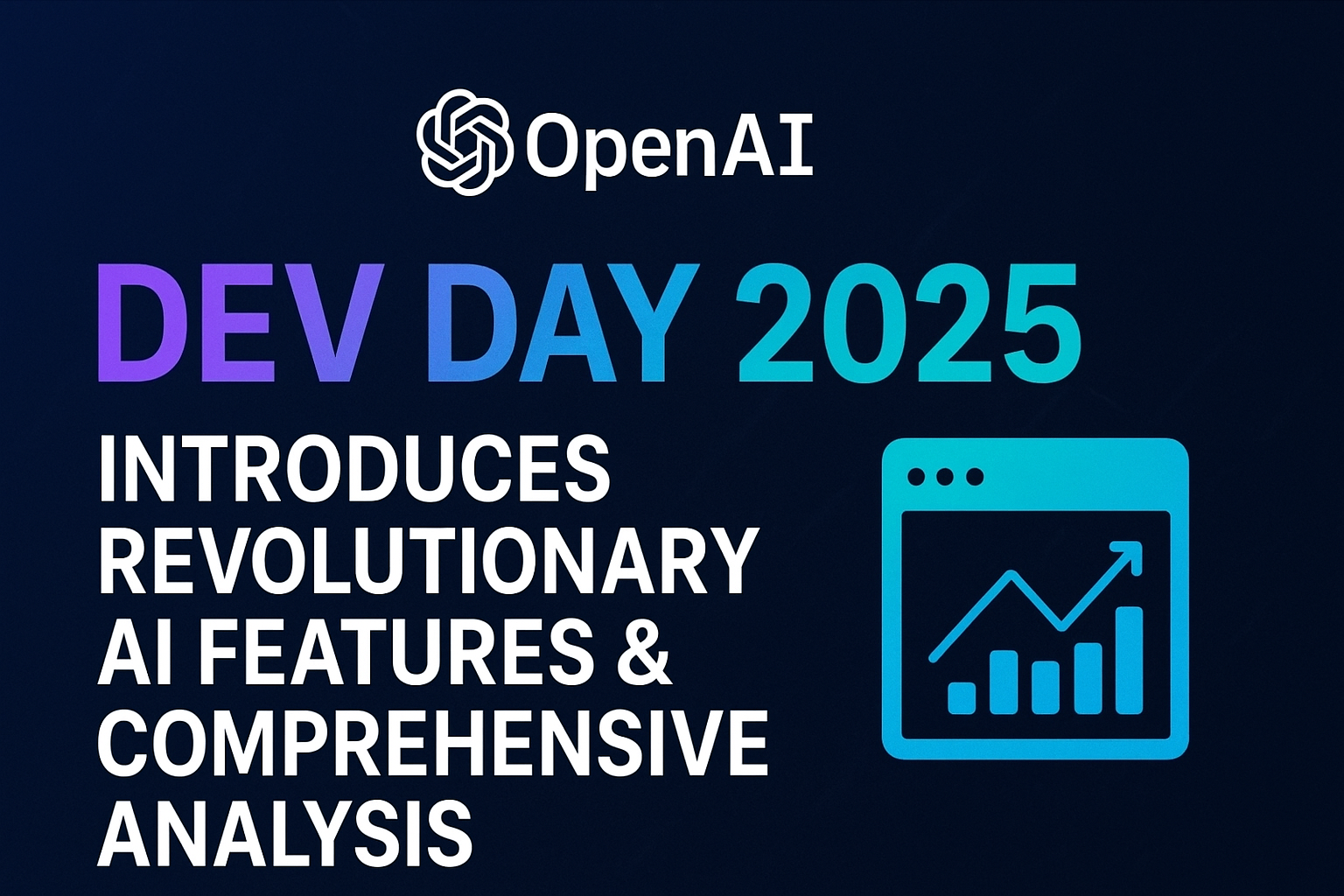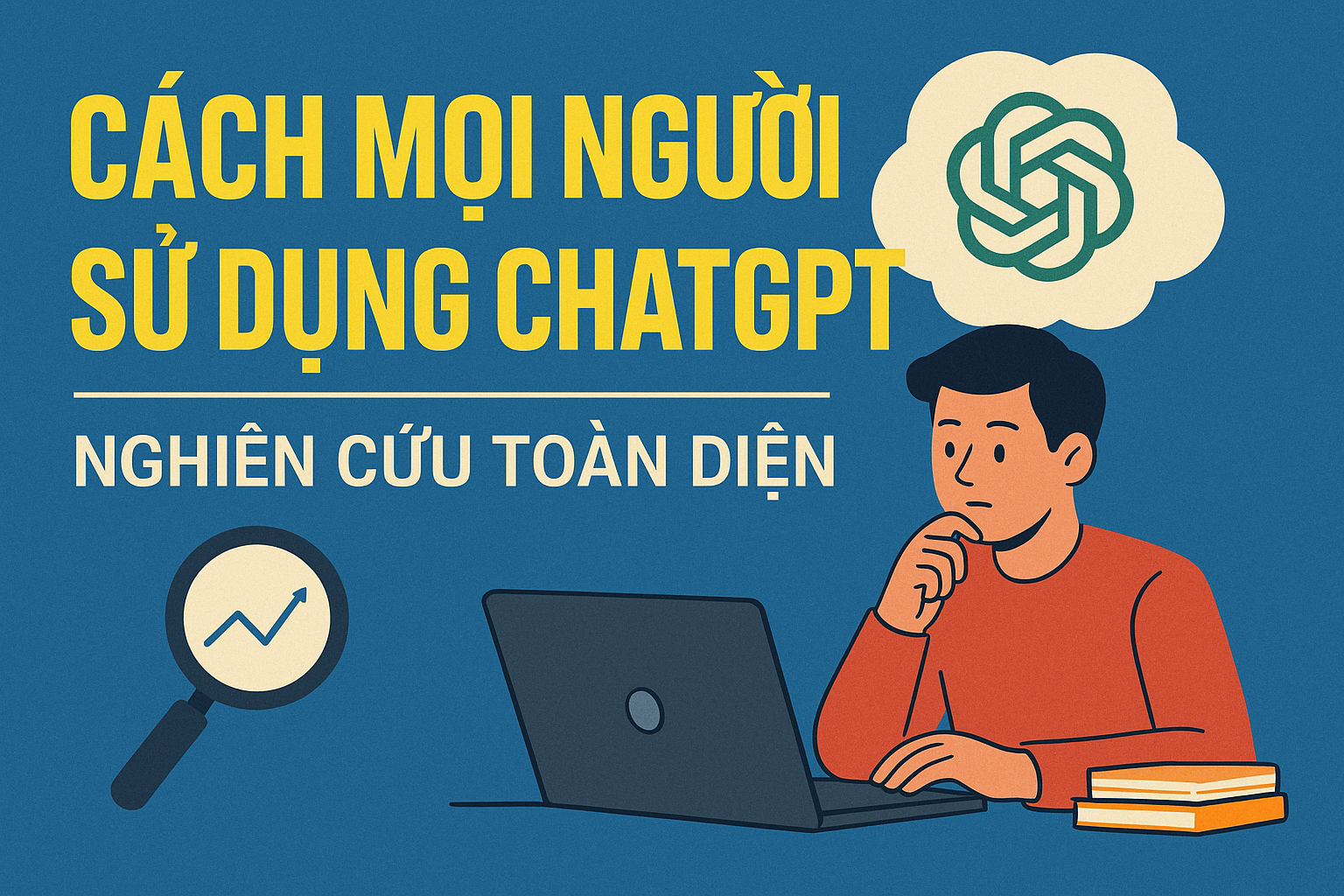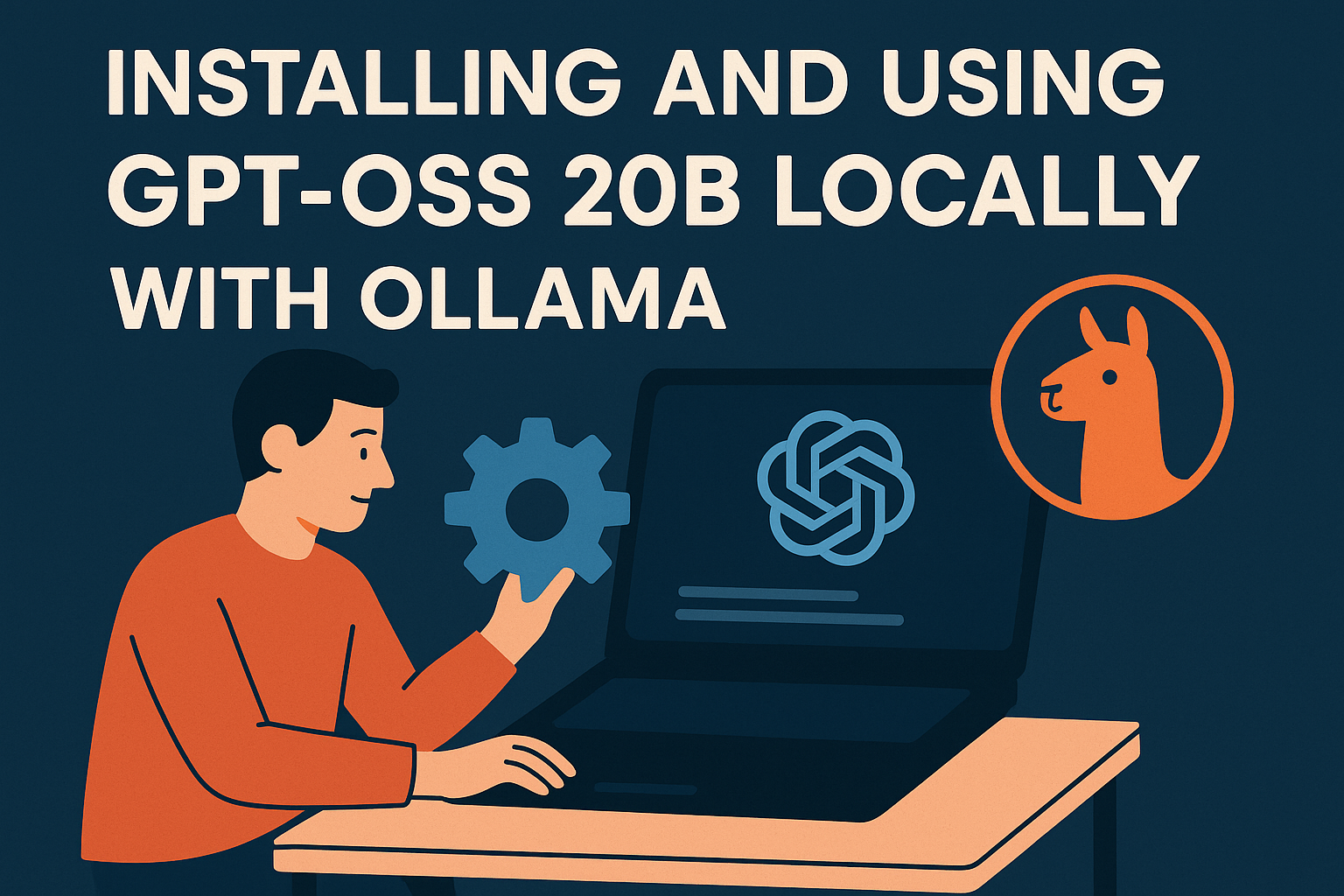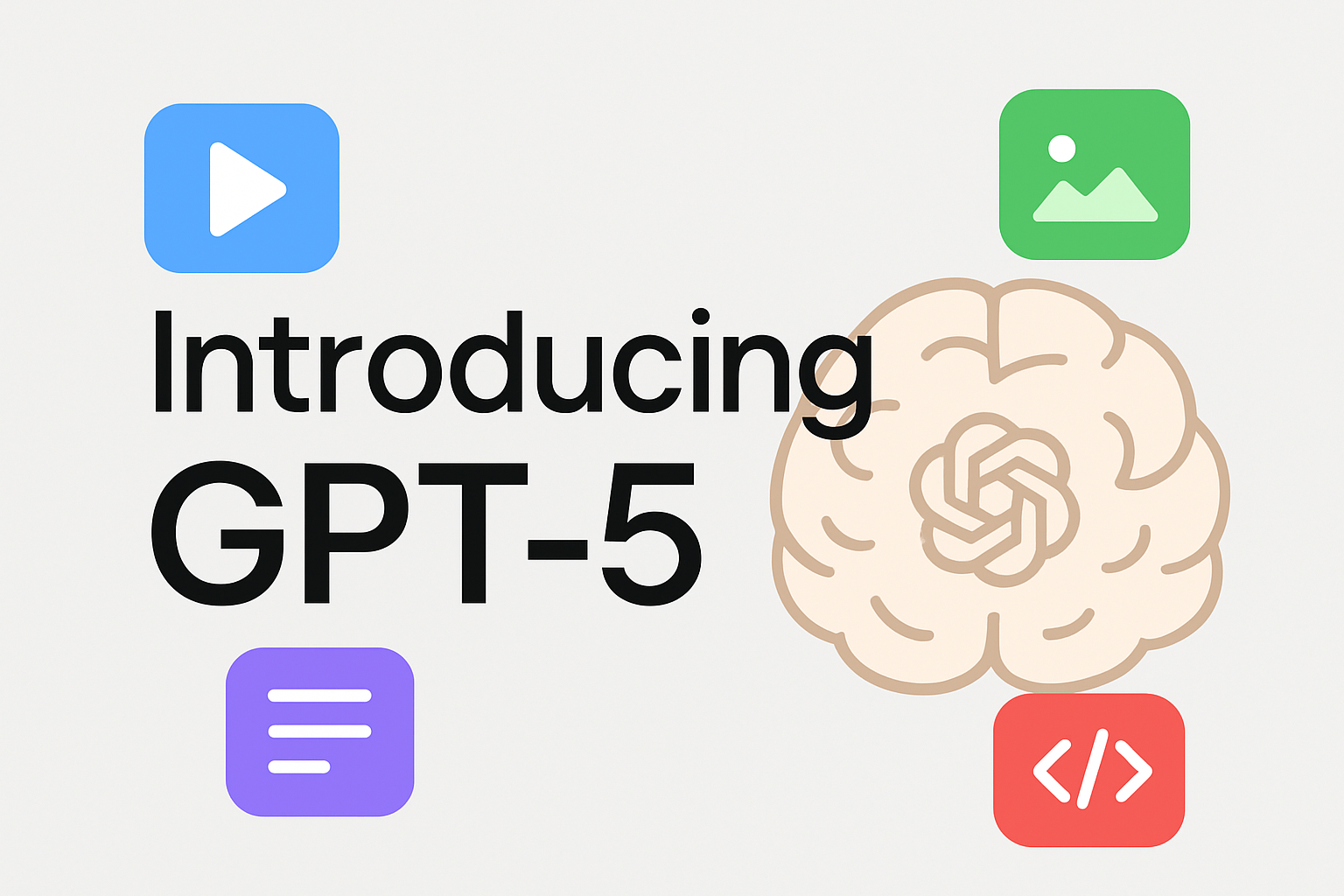1. Introduction In today’s rapidly advancing field of AI, the use of AI models — or more specifically, running them on personal computers —...
We make services people love by the power of Gen AI.
